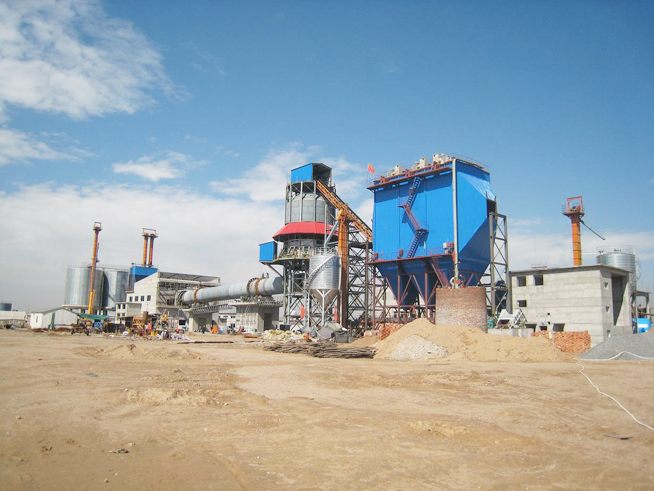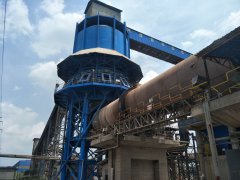The Lime Rotary Kiln is a crucial piece of equipment in various industries, particularly in the production of lime and related materials. Also known as a lime rotary calciner, this apparatus plays a central role in the thermal processing of limestone to produce quicklime or hydrated lime, essential raw materials in industries ranging from construction to metallurgy.
Design and Operation:
The lime rotary kiln consists of a rotating cylindrical shell, inclined at a slight angle to the horizontal, and is typically lined with refractory materials to withstand high temperatures. Raw limestone, often in the form of small-sized rocks, is fed into the upper end of the kiln. As the kiln rotates, the limestone travels down the slope and undergoes various thermal reactions.
Thermal Processing:
Inside the lime rotary kiln, the limestone is subjected to high temperatures reaching up to 2000 degrees Celsius. This intense heat causes the limestone to undergo calcination, a chemical process where calcium carbonate (CaCO3) decomposes into calcium oxide (CaO) and carbon dioxide (CO2). The resulting product, quicklime (CaO), is a versatile material used in multiple industries.
Applications:
Quicklime produced in lime rotary kilns finds applications in various sectors. In the construction industry, it is a key component in the production of mortar and plaster. In metallurgical processes, quicklime is utilized for refining metals and treating certain ores. Additionally, quicklime is an essential reagent in environmental applications, such as wastewater treatment and air pollution control.
Hydrated Lime Production:
In some cases, the quicklime produced in the lime rotary kiln is further processed to produce hydrated lime. This involves adding water to quicklime, resulting in the formation of calcium hydroxide [Ca(OH)2]. Hydrated lime is used in applications such as soil stabilization, water treatment, and in the manufacturing of various chemicals.
Conclusion:
In summary, the lime rotary kiln is a critical apparatus for the thermal processing of limestone, leading to the production of quicklime and hydrated lime. Its significance spans multiple industries, contributing to the creation of essential materials that support construction, metallurgy, and environmental applications. Continuous advancements in technology aim to enhance the efficiency and sustainability of lime rotary kilns, ensuring their continued importance in industrial processes.



